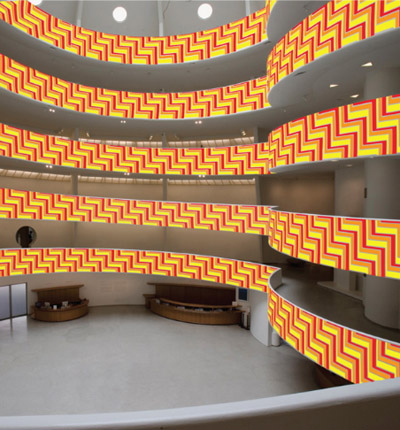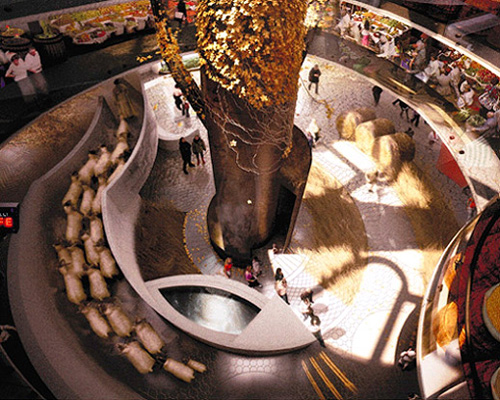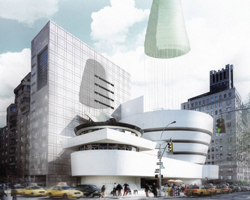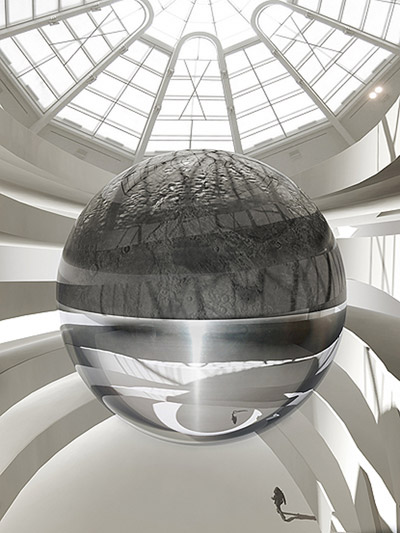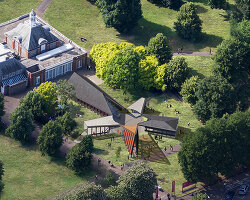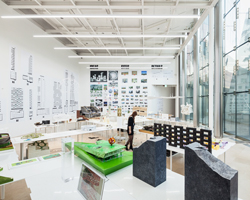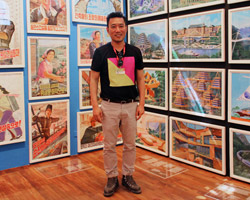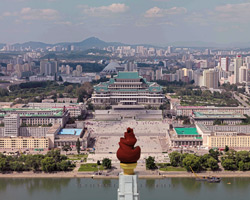KEEP UP WITH OUR DAILY AND WEEKLY NEWSLETTERS
PRODUCT LIBRARY
the apartments shift positions from floor to floor, varying between 90 sqm and 110 sqm.
the house is clad in a rusted metal skin, while the interiors evoke a unified color palette of sand and terracotta.
designing this colorful bogotá school, heatherwick studio takes influence from colombia's indigenous basket weaving.
read our interview with the japanese artist as she takes us on a visual tour of her first architectural endeavor, which she describes as 'a space of contemplation'.

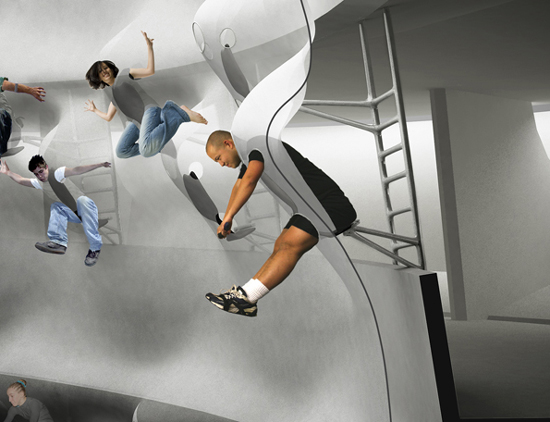 each pod has five openings in which one can put their head and limbs through, hanging over the rotunda
each pod has five openings in which one can put their head and limbs through, hanging over the rotunda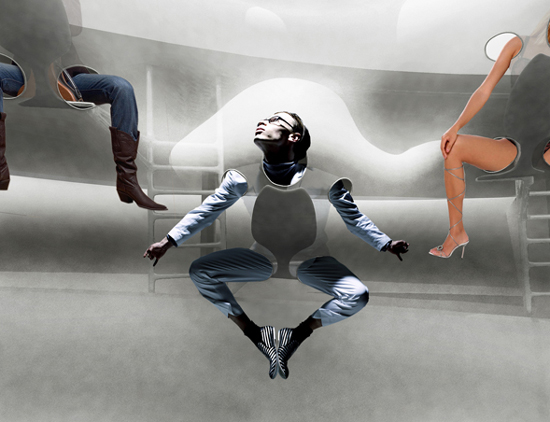 view from within the rotunda
view from within the rotunda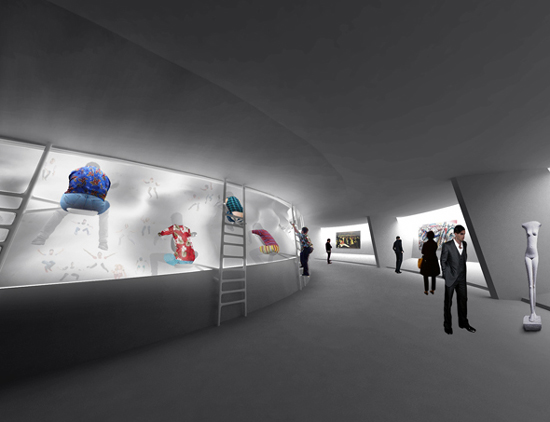 view from the ramp
view from the ramp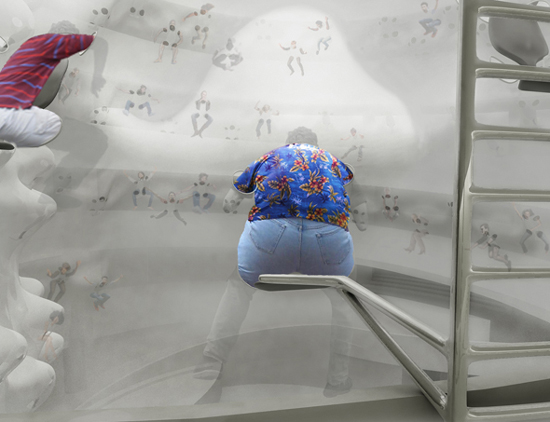 posterior view
posterior view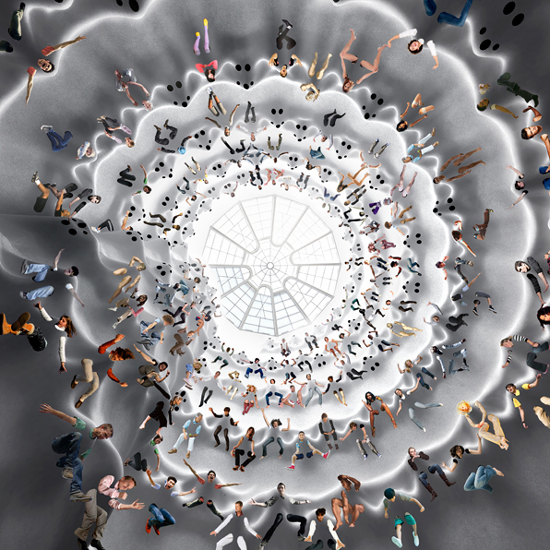 art trap accommodates 180 individuals all performing as part of a live baroque ceiling sculpture
art trap accommodates 180 individuals all performing as part of a live baroque ceiling sculpture cross-section
cross-section